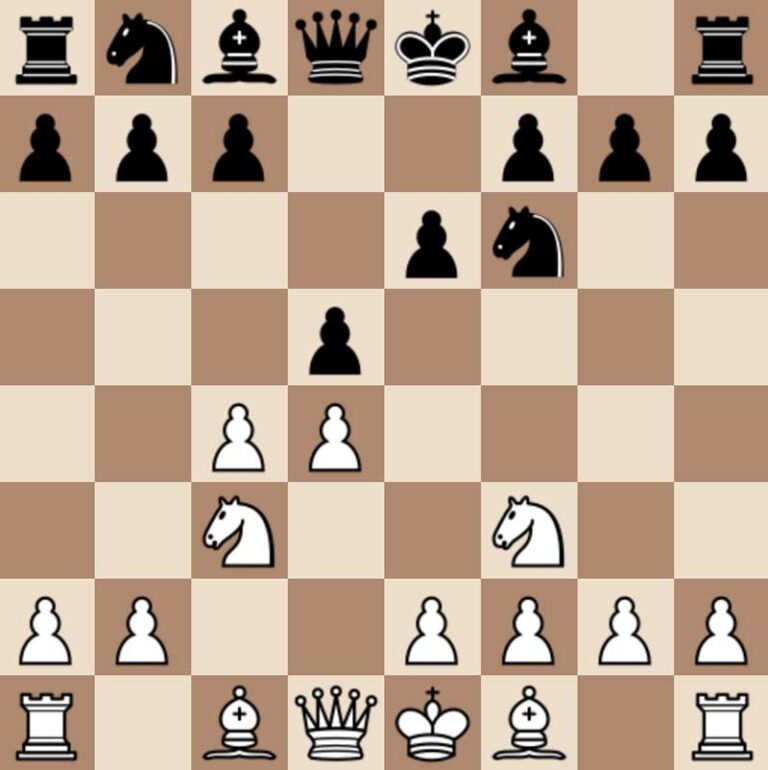I'm no expert on these options for black, but I play QG as white and see this position all the time. QGD seems so cramped for black, but when I see black play Slav, it (anecdotally, and at my level) seems to work out better for me. It feels like it forces a lot of development on the Queen's side first for both, which is what I want to do in QG anyway.
Chess
Play chess on-line
FIDE Rankings
| # | Player | Country | Elo |
|---|---|---|---|
| 1 | Magnus Carlsen | 🇳🇴 | 2839 |
| 2 | Fabiano Caruana | 🇺🇸 | 2786 |
| 3 | Hikaru Nakamura | 🇺🇸 | 2780 |
| 4 | Ding Liren 🏆 | 🇨🇳 | 2780 |
| 5 | Alireza Firouzja | 🇫🇷 | 2777 |
| 6 | Ian Nepomniachtchi | 🇷🇺 | 2771 |
| 7 | Anish Giri | 🇳🇱 | 2760 |
| 8 | Gukesh D | 🇮🇳 | 2758 |
| 9 | Viswanathan Anand | 🇮🇳 | 2754 |
| 10 | Wesley So | 🇺🇸 | 2753 |
Tournaments
September 4 - September 22
Check also
I play the Semi-slav with black, but just thats just by Chance. However, I agree with this comment, and also the fact that far fewer play the Semi-slav, might help you.
Semi-slav is a good tradeoff between solid and dynamic. Not as dynamic as the Grünfeld, but can still give interesting positions.
Do you ever see tactical opportunities in a typical semi Slav game? From the white side it seems to remain positional the entire time in my experience. I guess that's subject to change upon hanging pieces or blunders.
In my case only if they play the Bg5 line, then you can have a wild game. If they play the Meeran (usually 5.e3) it ends up being more positional,but keeping all pieces and pawns on the board.
Thanks for your reply. It is difficult to account for move order and transpositions but i feel like i see the slav response about 50% of the time. Until i study it more, im often opting to exchange the central pawns and then just develop my pieces as white. Unlike in other pawn exchange openings like the French exchange or Caro kann exchange, i feel like for whatever reason it doesnt dry out too badly. If i stopped playing the Nimzo Indian i feel like i would opt for the slav but only after closing the pawn structure after getting my bishop out. Because i don't play this as black, I'm not sure if I'd try to hang onto that bishop once its out and prone to attack or try to keep it in the game, i don't think its worth the time trying to make space for it to retreat. Meanwhile when i used to play QGD it felt too cramped and i never felt like i had the tempi to devote to trying to fianchetto the light square bishop.
You know, I keep hearing about the Nimzo Indian, but I've never looked it up. You may have just given me my next defense to study!
I will add i love the opportunity to transpose into the caro kann after 1. d4 c6 for white since i feel more prepared for it.
Neither. Tarrasch, QGA or Chigorin so you can actually develop everything.
